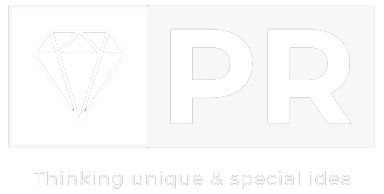The Science section of the ACTION exam assesses students’ capability to interpret and analyze medical information, evaluate evidence, and apply scientific reasoning knowledge to solve problems. A evaluation analysis of Science WORK subsections can provide valuable ideas into test-takers’ performance as well as identify areas of strength along with weakness. This article examines typically the methodology and findings regarding comparative analyses of Research ACT subsections, highlighting methods for improving test performance in addition to enhancing science education.
One approach to comparative analysis regarding Science ACT subsections entails examining overall performance trends as well as score distributions among test-takers. Researchers may analyze get worse data from large-scale administrations of the ACT exam to distinguish patterns and trends in test performance, such as suggest scores, score distributions, along with percentile ranks. By contrasting performance across different group groups, such as gender, race/ethnicity, socioeconomic status, and educational history, researchers can identify disparities and inequities in access to science education and assets.
Moreover, comparative analysis associated with Science ACT subsections can certainly involve item-level analysis to spot specific content areas and question types where test-takers struggle or excel. Experts may analyze item trouble, discrimination, and reliability statistics to assess the psychometric qualities of individual test products and identify areas of toughness and weakness in test-takers’ knowledge and skills. Through examining item response click over here patterns and cognitive processes, scientists can gain insights into the underlying factors that effect test performance, such as content material knowledge, critical thinking expertise, and test-taking strategies.
Additionally, comparative analysis of Science ACT subsections can entail longitudinal studies to track changes and trends in check performance over time. Researchers may analyze historical data via multiple administrations of the BEHAVE exam to assess whether check scores have improved, dropped, or remained stable over time. Longitudinal studies can also look at the impact of educational interventions, policy changes, and course reforms on test overall performance, providing evidence-based insights into effective strategies for improving scientific research education and preparing college students for college and occupation success.
Additionally , comparative study of Science ACT subsections can involve international reviews to benchmark test functionality against students from other countries. Scientists may analyze data from international assessments, such as the Programme for International Student Assessment (PISA) and the Trends inside International Mathematics and Research Study (TIMSS), to assess how American students compare to their peers in terms of scientific literacy, problem-solving skills, and scientific disciplines achievement. International comparisons can provide valuable insights into the pros and cons of science education programs and inform efforts to increase student learning outcomes.
Moreover, comparative analysis of Research ACT subsections can advise curriculum development, instructional techniques, and educational interventions aimed at improving upon science education and getting ready students for college and also career success. By figuring out areas of strength and weakness in test-takers’ knowledge in addition to skills, educators can tailor instruction to address specific learning needs and target places that students may require additional help support. For example , educators may focus on developing students’ abilities for you to interpret graphs and maps ., analyze experimental data, along with apply scientific concepts to be able to real-world scenarios.
In conclusion, comparative analysis of Science ACT subsections provides valuable observations into test-takers’ performance and also identifies areas of strength and weakness in science education and learning. By examining overall performance developments, item-level analysis, longitudinal research, international comparisons, and effects for curriculum and training, researchers can inform initiatives to improve science education in addition to prepare students for college and career success. By addressing the underlying factors which influence test performance, such as content knowledge, critical pondering skills, and test-taking techniques, educators can enhance students’ scientific literacy and encourage them to succeed in an increasingly elaborate and interconnected world.
